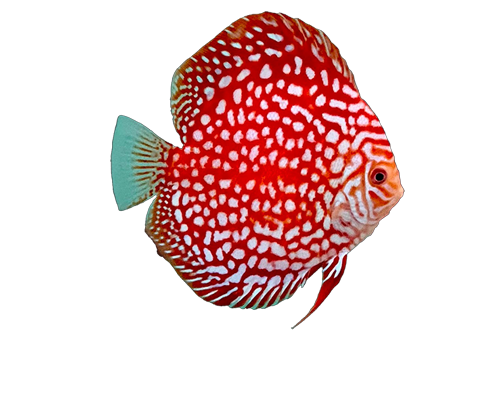Discus (Symphysodon spp.; Family: Cichlidae) is a popular and highly valued ornamental fish originating from the Amazon River basin in South America. Over the last three decades, many discus varieties have been successfully produced in captivity. Currently, more than 80 different varieties are recognized, listed, and traded worldwide.
Despite the wide interest in discus phenotypic varieties, there has been no systematic categorization based on their characteristics, color, and pattern. This is the WORLD’S FIRST website that reviews discus characteristics, discusses criteria for discus varieties, and presents categorization methods based on primary and secondary colors. Such information is essential to provide a comprehensive and up-to-date guide for discus producers and enthusiasts worldwide. This website documents the first comprehensive classification of the numerous discus varieties based on their general phenotypic characteristics, aiming to clear up the longstanding confusion regarding the naming of discus varieties in the discus trade.
The website features a translator to make it accessible in 14 languages for discus enthusiasts worldwide. These languages are: English, German, French, Turkish, Chinese, Indonesian, Thai, Portuguese, Spanish, Arabic, Persian, Russian, Vietnamese, and Japanese.
Viewers are required to register as members and pay an annual fee to access the full content. Your contribution and support are greatly appreciated. Please click here to register. Thank you.
Primary colors
Among the primary colors, seven base colors can be identified during the larval growth to juvenile fish stages: yellow, brown, beige, orange, cream, gray, and white.
The origins of these seven base colors are as follows:
- Yellow base from wild Green
- Brown base from wild Blue/Brown
- Beige base from mutant Golden variety
- Orange base from mutant Pigeon Blood variety
- Cream base from mutant Albino variety
- Gray base from Snow White hybrid variety
- White base from Snow White variety







Secondary colors
As the fish grow into adults, these seven base colors can develop into various surface colors, categorized as either Blue or Non-Blue colors.
Blue surface colors include:
- Turquoise
- Green Turquoise
- Blue Turquoise
- Gray Turquoise
- Yellow Turquoise
- White Turquoise
- Black Turquoise
- White Yellow Turquoise
- Light Blue
Non-Blue surface colors include:
- Yellow
- White
- Gray White
- Black
- Orange
- Maroon Red
- Dark Chili Red
- Chili Red

















Vertical Bars
All wild discus have nine black vertical bars, whereas domesticated ones exhibit a diverse number of vertical bars, and some solid-color varieties have no vertical bars at all. The bars tend to fade as the fish grows and develops its color and pattern. Some domesticated discus varieties retain permanent vertical bars, while others do not. These bars often become more apparent during times of stress, earning them the term “stress bars.” The number of bars can vary depending on the variety, with some having up to 17 bars. Vertical bars can appear in black, beige, orange, cream, or gray. Stress bars are believed to provide camouflage as a defense mechanism in wild discus when faced with threats.








Stripes and Spots
Some discus varieties have lines or stripes on their bodies, displaying various patterns that enhance their attractiveness. These stripes can be fine or broad and may appear in horizontal, vertical, or irregular orientations.
Other discus varieties feature spot patterns on their bodies. These spots can be individual and round, small and irregularly round, large and irregularly round, or ring-shaped.









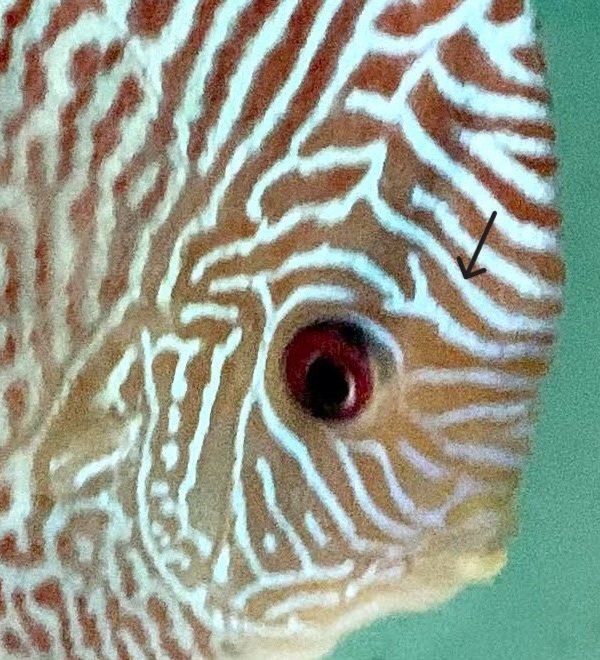

Eye Feature
Normal eyes in discus fish typically have a round sclera that can be maroon, red, orange, or cream in color, with black round pupils. In contrast, the albino variety will have maroon round pupils.


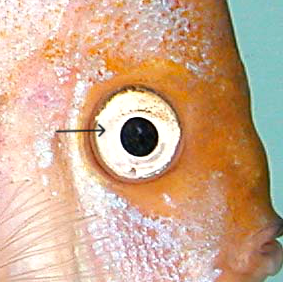


Marking and Pattern
Patterns in discus fish can be arranged into broken lines or lines that form box-like shapes. Stripes can combine with spots or rings to create new, intricate patterns. Additionally, fine stripes can combine with spots to form unique designs.

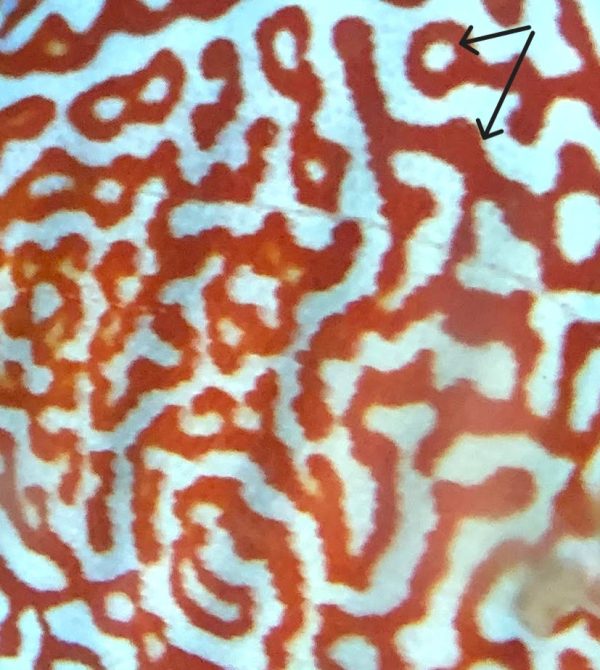

Body Shape and Fins
The body shapes of discus have been classified into three groups: long, round, and high.
- The long body group possesses a longer body shape, with the caudal fin slightly protruding towards the posterior side and away from the dorsal and anal fins.
- Round body discus appear round, with the caudal fin located very close (almost touching) to the dorsal and anal fins, giving the body an almost complete circular appearance.
- The high body group has a higher dorsal fin than the round body discus and features a vertically oval-shaped body.
Additionally, four groups of fin shapes have been categorized: normal fin, fly fin, high fin, and long fin, each with its own unique characteristics.






Discus Varieties Categorization & Classification
More than 80 discus fish varieties have been categorized into seven groups based on their primary colors on this website. Trade names have been assigned to these varieties based on their phenotypic characteristics.

Blood Eagle
The Orange base Blood Eagle discus has nine vertical orange bars, and its entire body is covered by pearl-pattern white turquoise color stripes. The adult base color is chili red.

Red Tiger Turquoise
The Brown base Red Tiger Turquoise discus has nine vertical black bars, and its entire body is covered by vertical turquoise color stripes. In adulthood, approx. 50% of the body exhibits a maroon red base color.
Discus Mutation and Core Varieties Creators/ Breeders
The website also delves into the stories and backgrounds of many mutations and core varieties, providing insight into the development of current discus varieties from the past and offering information for future development. Characteristics of each mutant are clearly reported on the website.

Ghost discus fish creator :
Mr. Cheang Thean Ewe, Malaysia
The Ghost discus mutant was discovered by a Malaysian discus breeder, Mr. Cheang Thean Ewe. Mr. Cheang began breeding brown discus in 1974 and Brilliant discus in 1984. Later, he noticed that some of his Brilliant discus had broken vertical bars. Consequently, a selective breeding program was initiated focusing on the Brilliant discus with broken bars. After two generations of selective breeding, approximately 10% of the offspring exhibited the Ghost variety trait. Subsequently, through further breeding, they all bred true to the Ghost variety.

Blue Diamond discus fish creator :
Mr. Chong Lean Beng, Malaysia

Golden discus fish creator :
Mr. Lim Cheng Lye, Malaysia

Blue Diamond discus fish creator :
Mr. Phang Teik Beng, Malaysia

Albino discus fish creator :
Mr. Lui Kwok Keung, Hong Kong

Blue Diamond discus fish creator :
Mr. Tan Chin Hock, Malaysia

Leopard & Leopard Snake discus fish creator :
The late Mr. Teo Beng Chye, Malaysia

Snake Skin discus fish creator :
Dr. Teoh Guan Hock, Malaysia

Tiger Turquoise discus fish creator :
Mr. Khor Eng Huat, Malaysia

Snow White discus fish creator :
Mr. Robert Chin Chee Kiong, Malaysia
Wild Discus Species




Discus care
The website provides comprehensive information on Discus Care, covering aspects such as water conditions, diet, aquarium hygiene, and daily maintenance. It also offers detailed guidance on correct techniques for artemia hatching and storage, beef heart mixture preparation, color enhancer storage and application, artemia biomass culturing, and pleco breeding.


















Discus Malformation
The website provides detailed explanations and illustrations regarding malformations or defects, which are crucial factors in discus competitions. It offers comprehensive information to help participants understand and recognize these issues, ensuring fair and accurate judging in competitions.











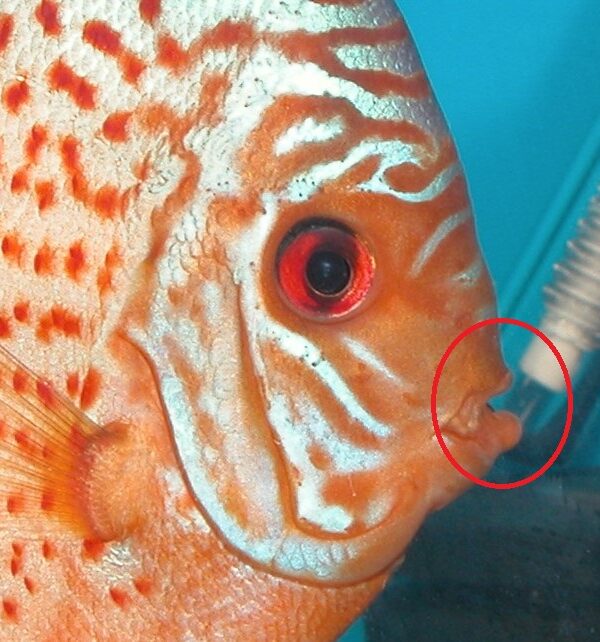




Discus Varieties Breeding Program
The website offers a thorough review of the WORLD”S FIRST discus breeding program, encompassing techniques such as selective breeding, outcrossing, and inbreeding. Discus breeders stand to benefit from numerous examples and breeding scenarios presented on the website, all rooted in practical and scientific approaches.
Discus Common Diseases and Treatments
The website provides comprehensive information on common external, internal, and bacterial diseases affecting discus fish. Additionally, it offers details on commercial medicines and effective treatments to combat these diseases, ensuring the health and well-being of discus fish in aquariums.





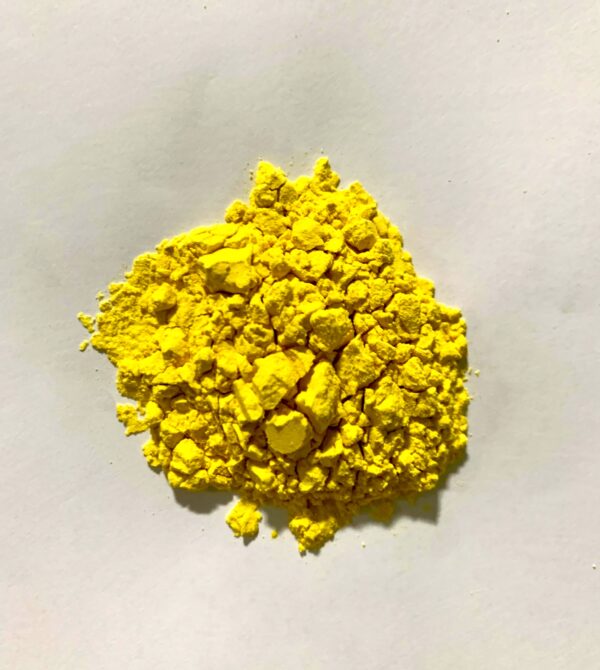






Discus Championship
The website provides an in-depth exploration of discus competitions and the intricacies of the judging system, with the goal of aiding enthusiasts in comprehending these events better. It delves into 11 categories within a Discus Competition, elucidating the judging procedure and the criteria utilized for evaluation. To enhance understanding, numerous illustrations are incorporated to illustrate these concepts effectively.
Moreover, the website furnishes information on the judging system, employing a simple point system at varying weights to emphasize different criteria. This approach offers further clarity for enthusiasts, enabling them to grasp the nuances of discus competitions and the standards by which they are judged.
